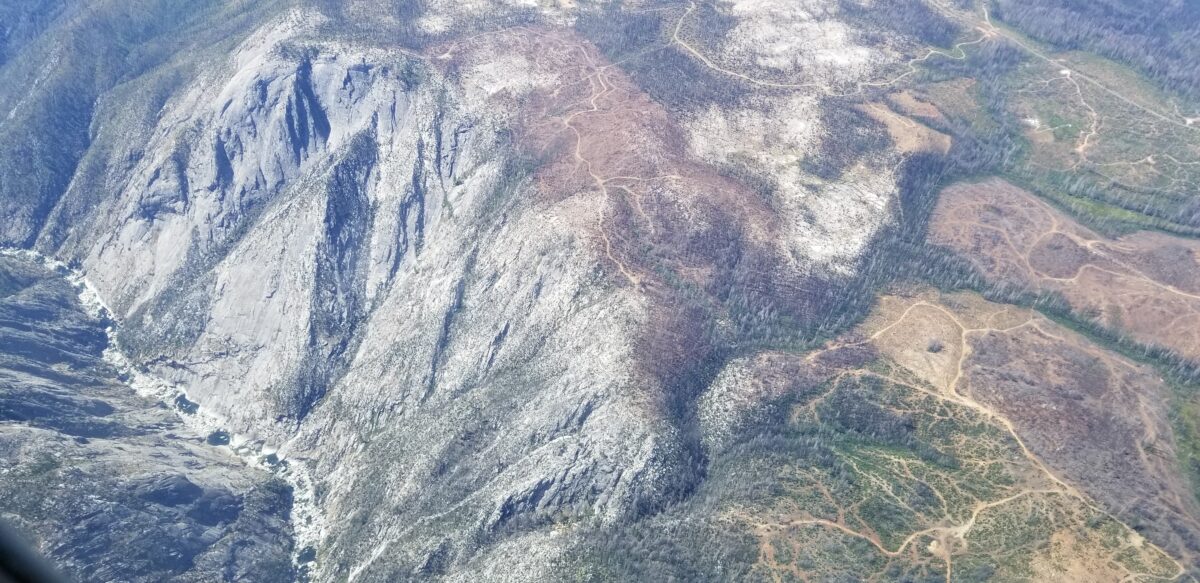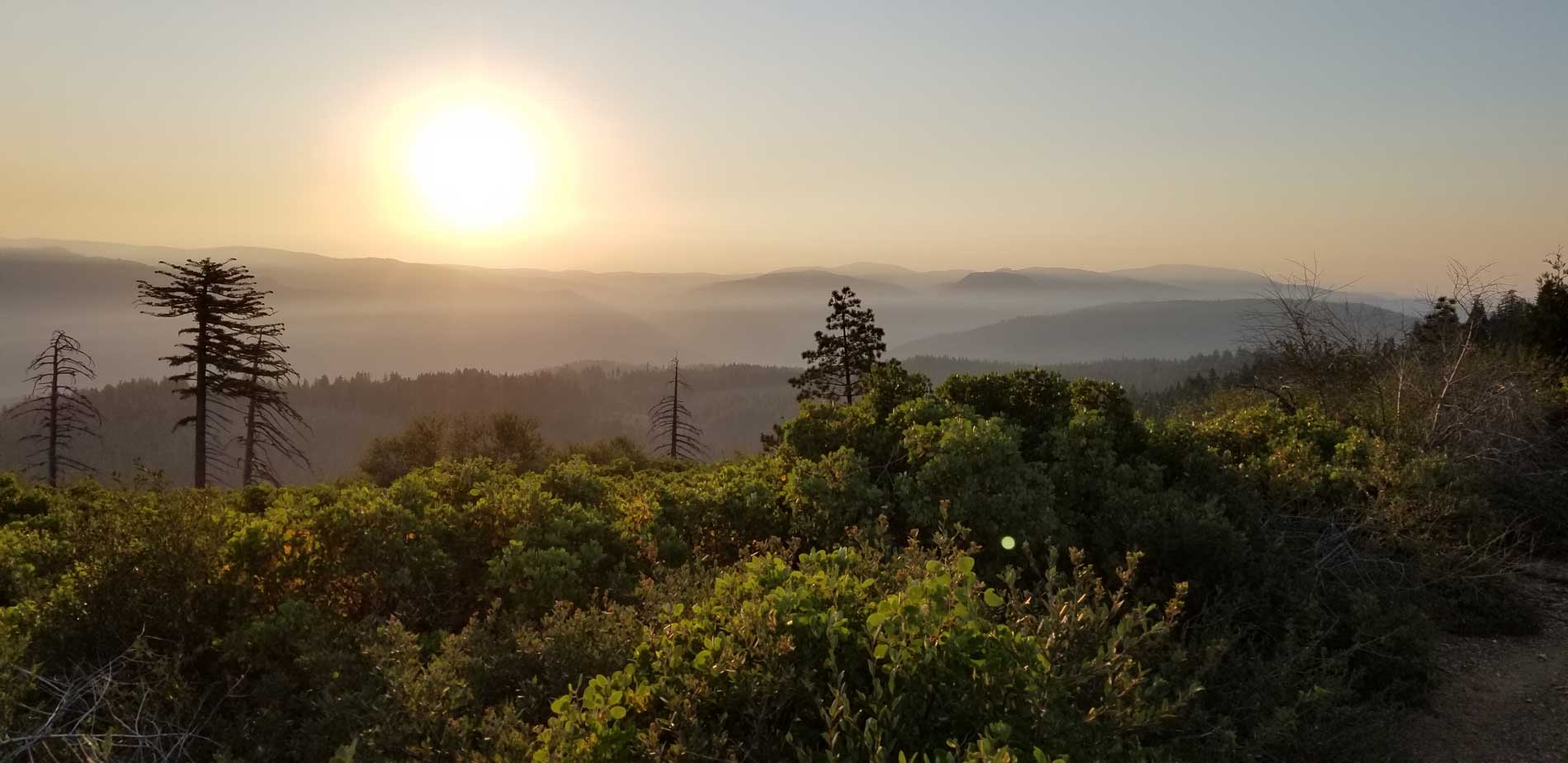
FEATHER RIVER CANYONS NATIONAL MONUMENT
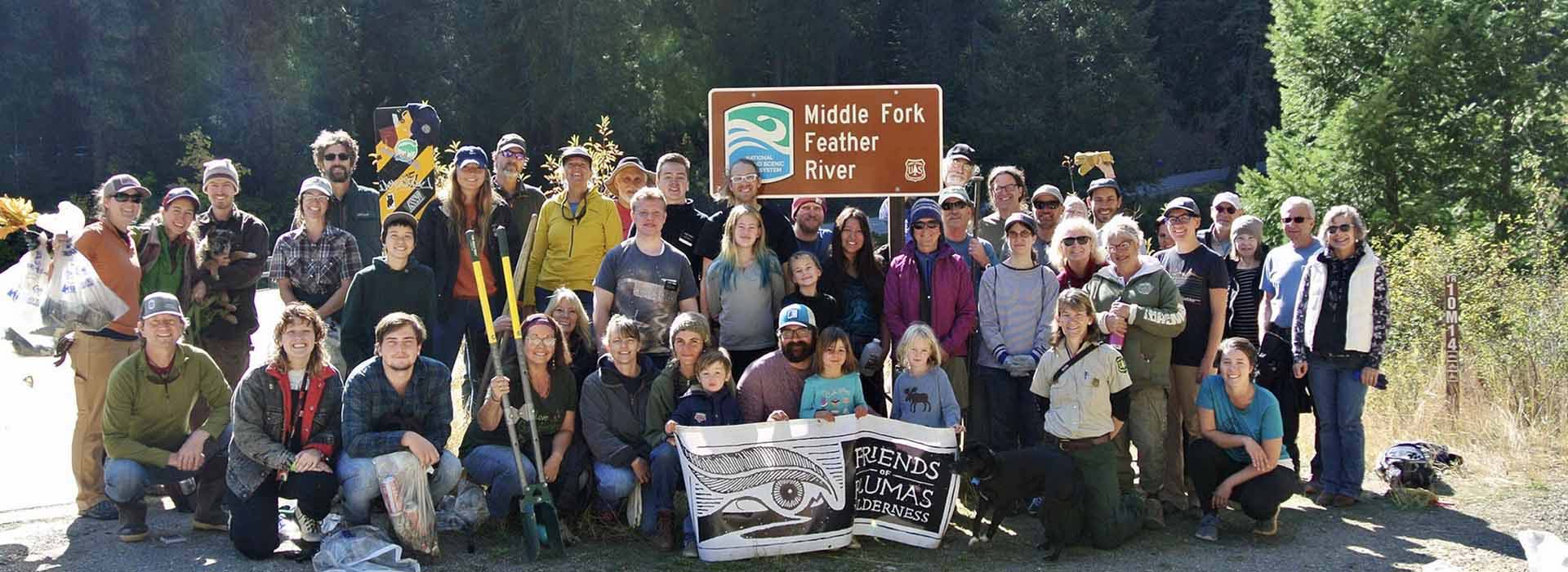
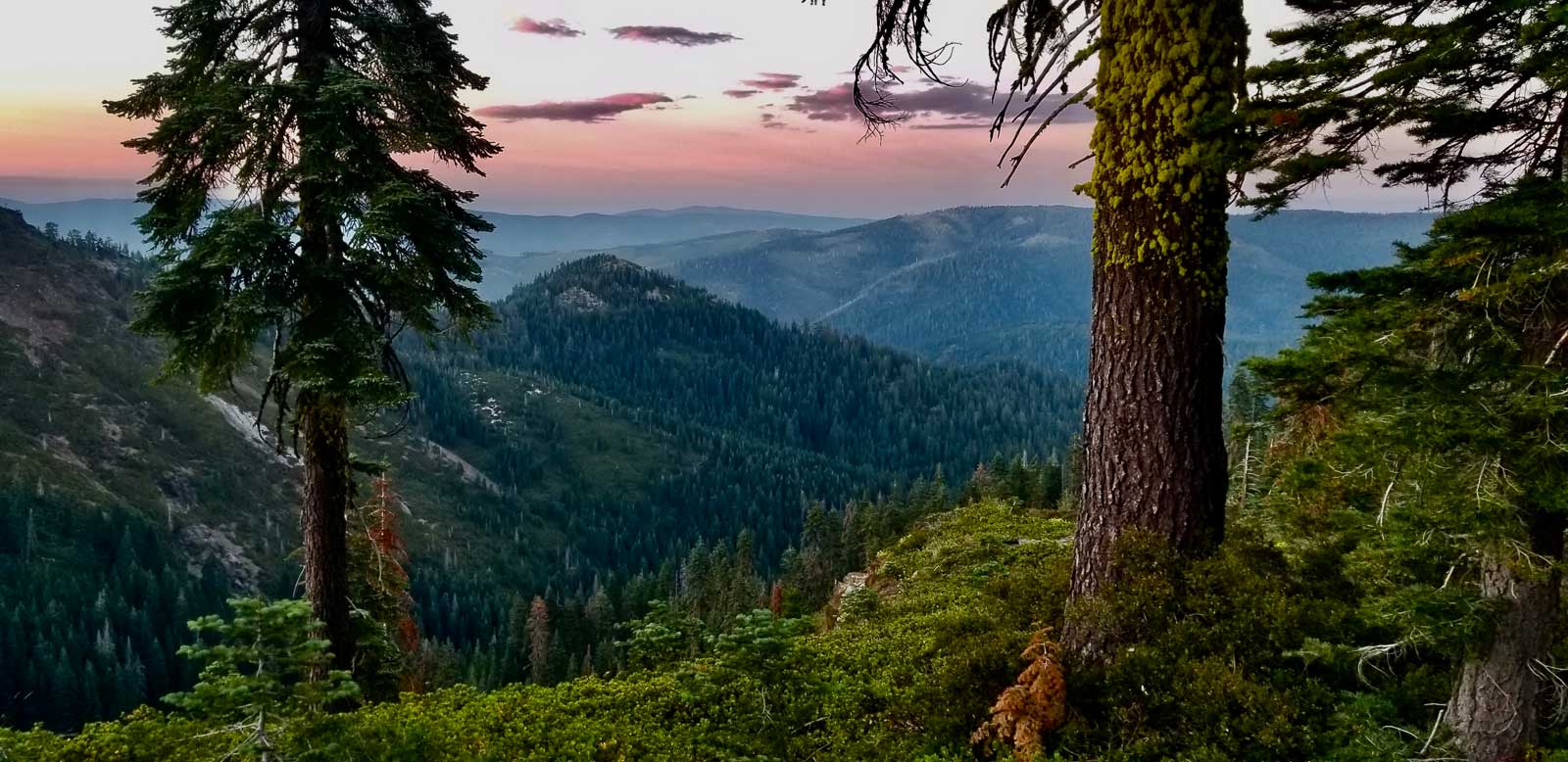
OUR SHARED VISION

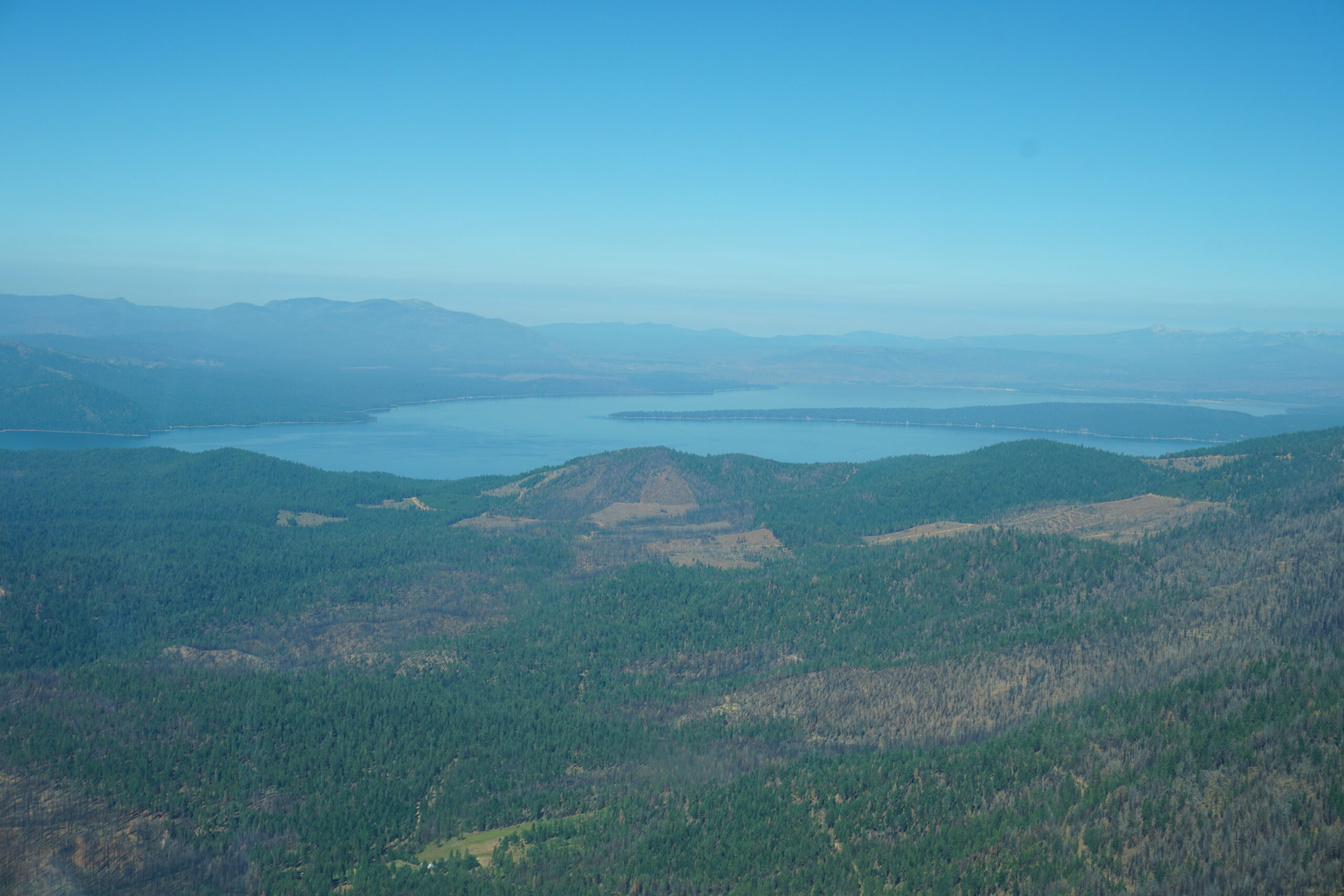
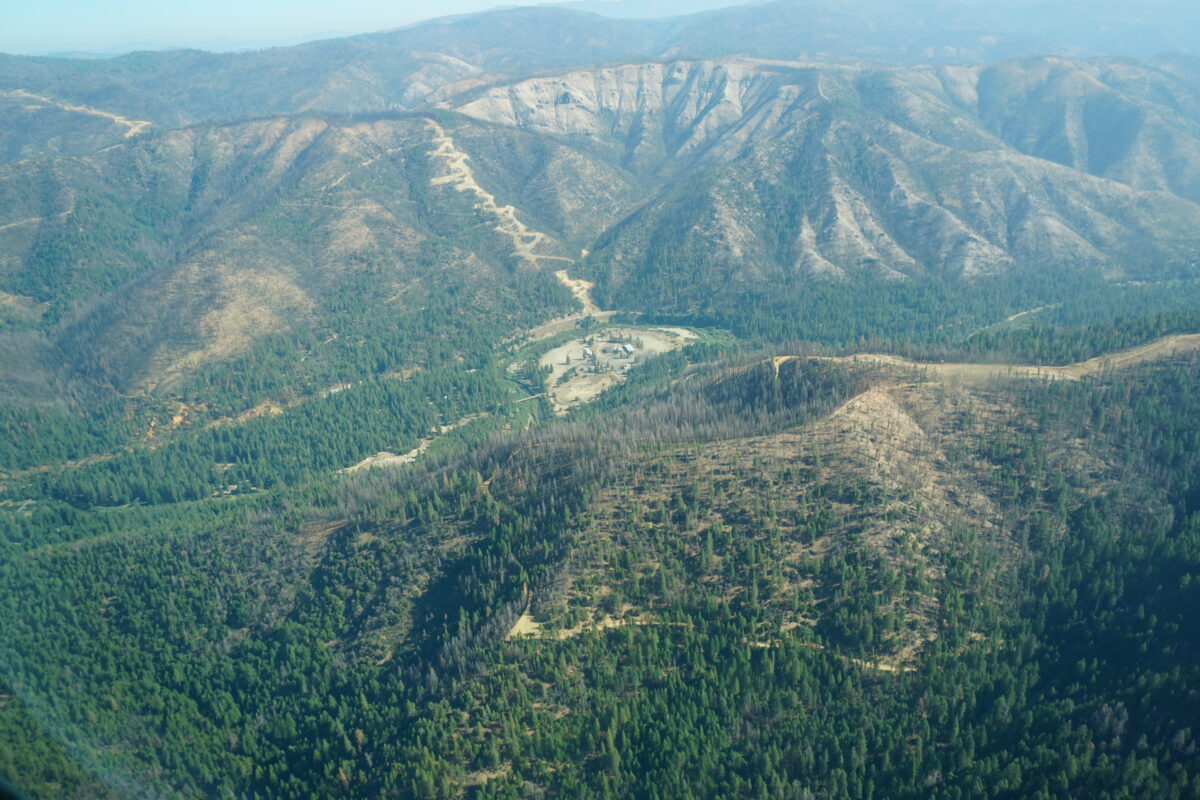
On August 23rd, 2023 Friends of Plumas Wilderness and EcoFlight, along with partners from CalWild, Feather River Resource Conservation District, Enterprise Rancheria, Greenville Rancheria, Mooretown Rancheria, Sierra Institute for Community and Environment, and Sierra Nevada Alliance were privileged to have the opportunity to take part in four flights traversing three flight paths over the Feather River Watershed, viewing and documenting the aftermath of the most catastrophic fires in California history.
Damage to the landscape is not limited to flames alone; emergency mitigation and post-fire salvage efforts have left bulldozer scars and networks of logging roads on an already fragmented landscape; further exacerbating the effect on the biodiversity of this critical region and putting the long-term health of the watershed at further risk.
Flying over the Upper Feather River Watershed in August gave me an intense feeling of grief. While it goes without saying the effects of the Dixie Fire, Fly Fire, North Complex Fires, Walker Fire, and more were devastating from the air… it was not the fire scars, dozer lines, salvage activities, or the charred forests of yesterday alone that brought on this feeling. I was struck by the jarring legacy of colonization, whose effects are ever so present on the land.
Prior to contact in the early to mid 1800s, the lands we now know as Plumas County, almost entirely encompassing the Upper Feather River Watershed, were stewarded by Maidu and other indigenous peoples. Had it been possible to fly over the Feather River region then, what would we have seen from the air? How would we feel about the landscape now?
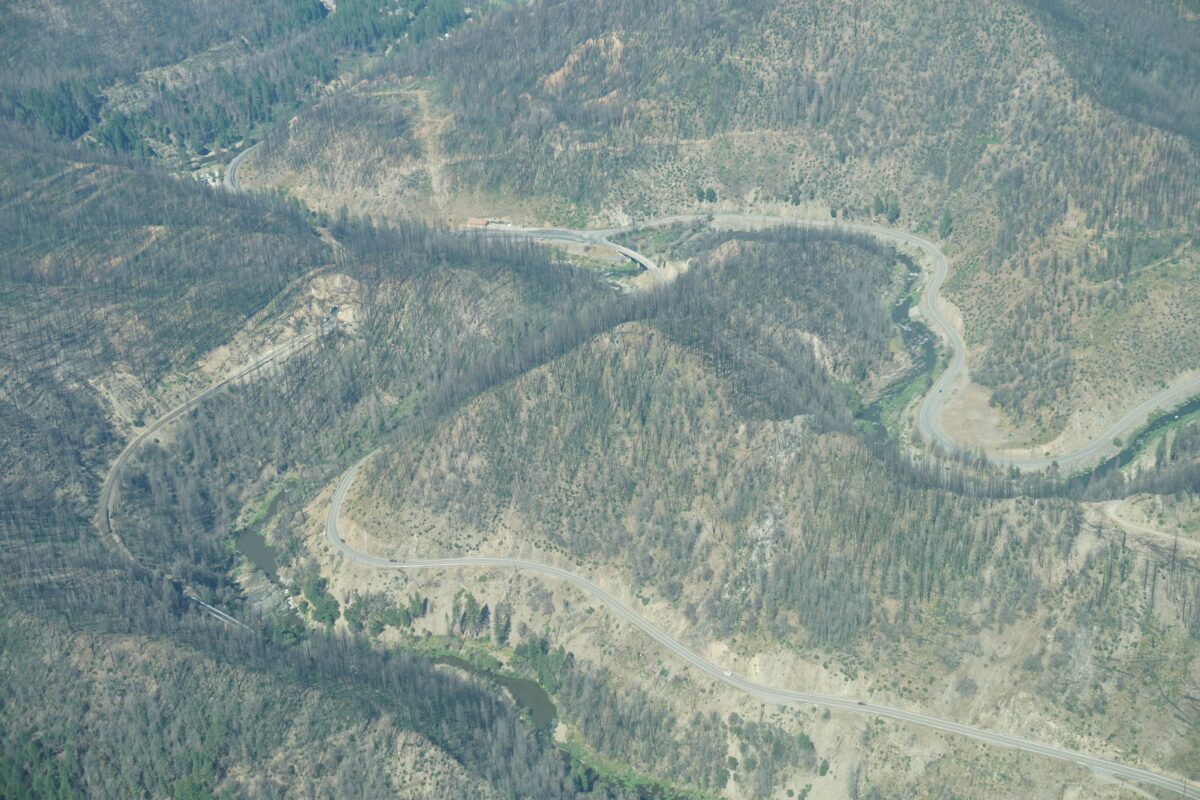
By 1860, around 4,000 colonists lived in Plumas County. The changes brought on by the booming industries of mining and logging meant that less than a century after contact the land had been irrevocably changed. Had it been possible to fly over the Feather River region at that time, what then would we have seen?
Even before the climate-induced wildfires of the current epoch, the land around us has experienced dramatic changes, many of which we view as the baseline for normalcy. I moved to Plumas County in 2017, my first August tinted orange with smoke from the Minerva Fire. Many of the lands which I began calling home at that time have, in a matter of six years, become arguably unrecognizable in comparison to the state in which I found them. Six years is a short time.
Had the Maidu who lived here prior to the arrival of European colonists and their ancestors been looking at the land from above 150 years ago and then were able to see what we saw that day in the plane, would they have recognized much other than the silhouettes of the peaks, outlines of the valleys, or meandering paths of the rivers? Would they grieve the same changes? Just as we grieve the burned forests, would they grieve the flooded meadows? As we grieve the dozer lines through ancient forests, would they grieve the railroads and highways carving through the earth? As we grieve the salvage logging and destroyed communities, would they grieve the dammed rivers? Do their ancestors still? Do you? What will have changed for our children, or their children, if we don’t ask these questions?
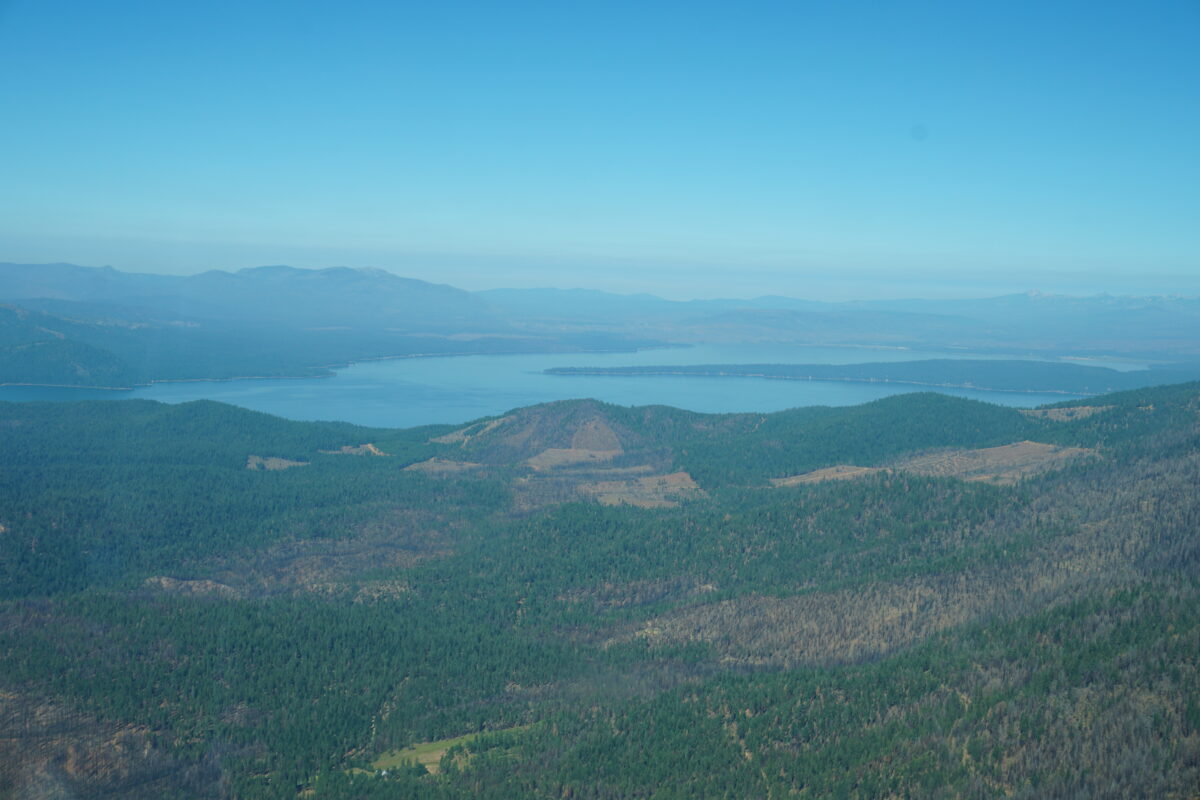
Often I find that we, as human beings living the 21st century, view and understand landscape level changes through an anthropocentric lens. So much so that we have named the current epoch after ourselves, the “Anthropocene”.
When assessing the changes around us, we ask: “How does the devastation brought on by climate change affect me, my kin, the resources we need to survive, or the commodities and comforts we want to have around us?” Simultaneously, we see so little beyond the “I” or the “we” that we identify with. What if when we asked these questions, “me” meant more than an individual being and “we” meant more than our fellow humans?
These questions demonstrate the imminent essence of anthropocentrism.
How would our actions and efforts towards conservation and land management and stewardship change if we took ourselves, modern humans, out of the role of “victims of climate change” and positioned ourselves as the assailant? What if we asked ourselves: “How have the ways we lived on the land and used the land for the past century affected the air, the water, the soil, the fire, the plants, and the animals?” or “How have our belief systems, economies, and religions created oppression that has had an effect on the land and in consequence ourselves?”
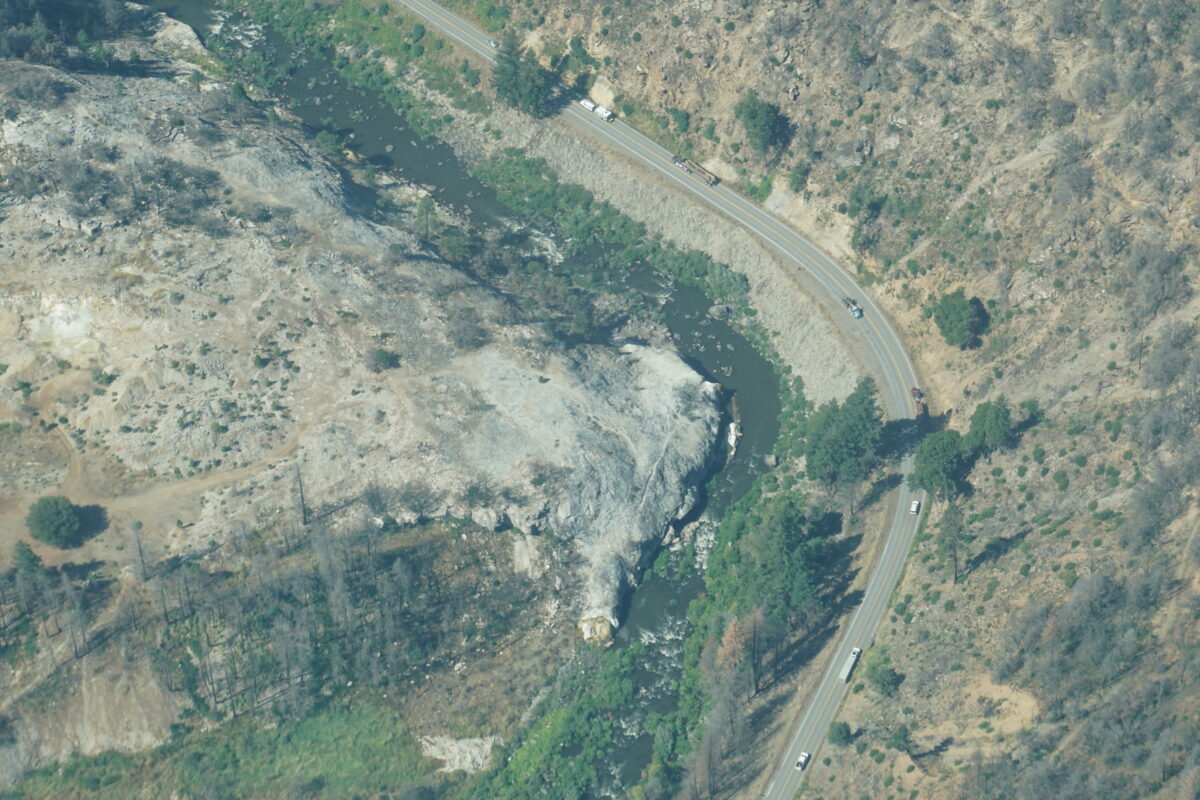
I challenge the idea, the foregone conclusion, that it is just human nature to use the land, take from the land, and consequently harm the land. Simply chalking the effects of climate change up to “just what humans do”, to my mind, is a dangerous falsehood. This generalization of humanity is omnipresent in the environmental community. I believe the cause of such environmental challenges such as wildfire, drought, and extinction are not simply the consequence of human nature. Rather, it is a symptom of the western perception that humanity is distinct, supreme, and exceptional, above and outside of nature itself.
Many indigenous peoples and their diverse cultures do not create a distinction between nature and humanity. Rather, these communities view humanity as an integral part of nature, participating in nature in a reciprocal way, knowing that to harm the Earth, and any of its beings, is to harm oneself. From an Indigenous or relational worldview, animals, plants, lands, and waters carry agency and personhood. Thus, a noun in English becomes a verb in most Indigenous languages: to be a mountain, to be a wolf, to be a forest, to be a river, etc. This is the opposite of anthropocentrism. Viewing the present world and the issues we are confronted with in this light provides meaning and purpose to the work we do, and more importantly, a path out of the ashes and back towards the past.
Three of the four flights we took prioritized areas previously mentioned to Friends of Plumas Wilderness as places of significant value to the Maidu we have had the privilege of learning from. I feel honored to have been on the plane with and to have had the opportunity to bring together the folks that came along with us that day. To learn, to listen, and to experience the feelings that seeing the land from a bird’s eye view provided. To me, these flights felt like yet another trembling step on the journey towards healing from deeply intertwined traumas of past and present.
